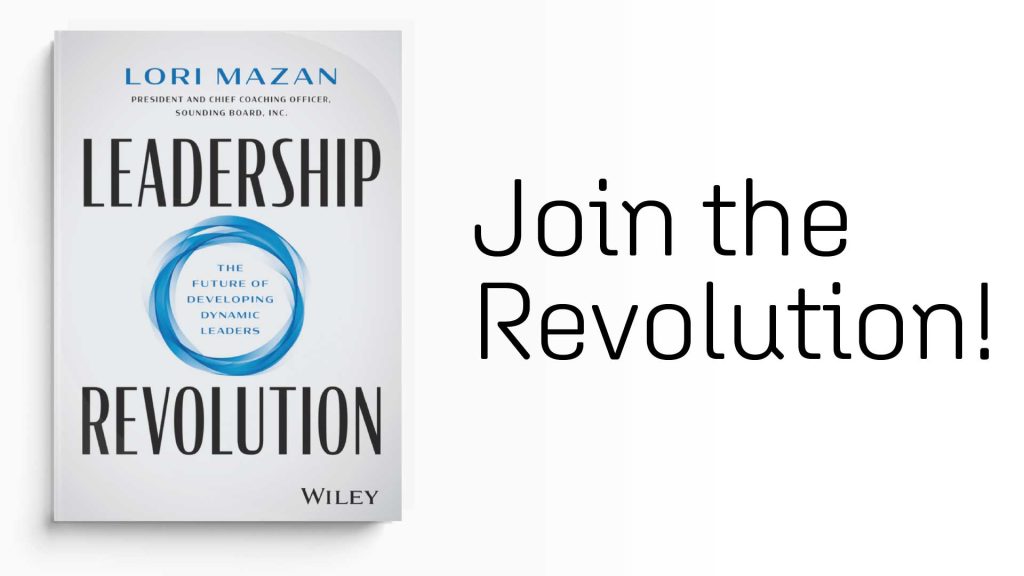In today’s VUCA+ world, leaders are facing challenges from all directions. We asked Sounding Board leadership coaches to give their best advice for managers leading teams through uncertainty and constant change.
How do you help leaders develop adaptability and resilience in the face of constant change and uncertainty?
Kim K.:
When the going gets tough, sometimes the tough need to stop, take a break, and look at the bigger picture. Ask yourself, “What can I learn during this challenging time?” Identify who’s in your corner, who can offer support or perspective, reflect on your strengths, and what you can offer in any given situation. Finding your center in the middle of a storm can be grounding and provide new energy and focus amid change.
Solu N.:
Adaptability and resilience come down to two core things: self-awareness and self-compassion. Self-awareness means that we are aware we experience our own state of consciousness. We know what triggers us and what drives us, and self-compassion means we give ourselves the kindness and support without judgment that we give to others.
Molly P.:
One of my favorite mantras is “Either it’ll be easy or we’ll learn something,” which is great modeling of adaptability and resiliency or flexibility and the ability to bounce back. These can really be leadership superpowers when we model them through challenging situations. Either things are easy and they go smoothly or they’re challenging and we learn something along the way, which is adapting to different situations and resiliency of bouncing back as we learn.
How do you assist new leaders in fostering a culture of innovation to respond to changing market conditions?
Kate H.:
One strategy I like is just playing around with removing your constraints. With your team, what’s the biggest thing that is causing you not to innovate right now? Is it time? Is it resources? Money? If you were to take those off the table, what could you look at? What are all the ideas you could come up with? So just try playing that around with that as a starting point.
Nicki L.:
To help build a culture of innovation, I suggest people get ready to stop agreeing on everything. The spaces where everyone’s like, “Yep, that’s what we’ve always done. Let’s do it.” Let’s go forward with inviting alternative perspectives. What if that wasn’t the only way to do something? What are three other ways you could approach the problem? What’s the complete opposite response?
Michael L.:
Do you really believe the statement innovate or die? Because if you do, then it’s up to you as a leader to model that, to take that on, to be creative, to take risks, the risks of failure. When you create it may not work and let your team know that that’s what you want from them and acknowledge and perhaps even reward them for being creative for taking those risks, even if it doesn’t work out.
As a new manager, how can you help your team when they are feeling anxious?
Edwin V.:
Well, the easiest way might be by having conversations. You might gather them together and say, “Let’s just have everyone kind of vocalize or verbalize what they’re most anxious about. How is it impacting your work? If the situation could be turned around 100%, what would be different?” Your best bet is to really commit to them, and be supportive to them during this time.
Craig H.:
Often, teams will become anxious at certain points. The first thing I would advise new managers to do is to normalize this. This is a standard part of business life. Things change, and anxiety is never far from the surface. Then get curious about what’s creating the anxiety and try to separate out the specific items to see what is justified and anything that might be unjustified that could be corrected. Finally, redirect to the plan that you’ve agreed to because when people are clear about where they are in a particular transaction, for example, they have a clear understanding of what’s next. That helps them to reengage and recommit.
Kim K.:
Here are three things you can do right away. One, help them name their feelings. Let them know that it’s okay not to be okay all the time. Two, help them identify what they can control and what are their areas of concern that they may not have direct influence over. That way they know what they can be working towards and things that they might need to put aside. Three, help them break their work into smaller achievable wins so that they feel a sense of accomplishment at the end of each day.












